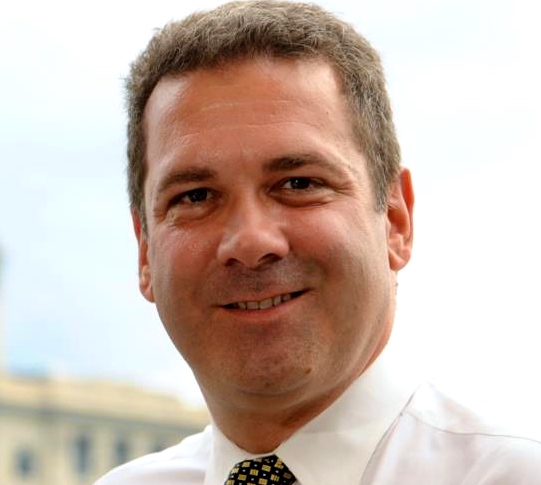Water Rates to Rise, Landfill Hazard Studies
During the Dec. 4 meeting of the White Plains Common Council, members voted to support an 8 to 10 percent increase in the city’s water rate schedule to accommodate federally mandated improvements and repairs that need to be made to the system.
Mayor Tom Roach noted that much of the equipment was 100 years old and had to be improved.
Roach also said that currently White Plains purchases 100 percent of its water from New York City, a practice that has become increasingly expensive. Roach said the city was looking to secure a second source of supply that might provide as much as 30 percent of the city’s water demand by bringing its own reservoirs and wells online.
Councilwoman Nadine Hunt-Robinson expressed concern about the 8 to 10 percent increase and encouraged the Dept. of Public Works to keep increases down after the necessary repairs had been made.
At the same meeting the Council authorized the hiring of an independent consultant to perform environmental testing at the former Good Counsel campus at 52 N. Broadway.
The new owner of the property, WP Development NB, LLC, had requested an amendment to the city’s Zoning Ordinance to create a new Planned Residential Development District on the property. That action prompted the development of a Draft Environmental Impact Statement (DEIS) in April 2017 that not only began a review process to look at the proposed change as it relates to compatibility with surrounding land uses, potential archeological and historical impacts, visual impacts, infrastructure and utilities impacts, building height, and traffic and transportation effects, but also disturbances relating to a landfill located on the former athletic field on the property.
At that meeting, the Council decided to select a consultant to analyze the damaged area, reporting to the city, yet paid for by the developer.
Since that meeting, New York State Dept. of Environmental Conservation has also taken notice of the landfill situation, encouraged by residents in the adjacent neighborhood at Stewart Place concerned about health hazards, and is conducting its own study.

